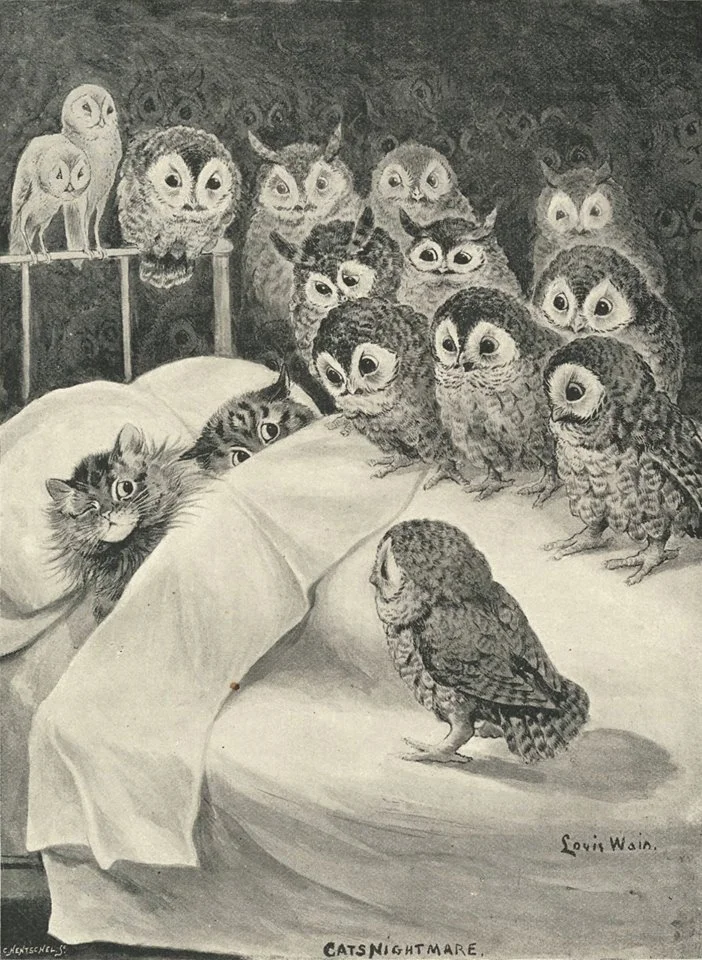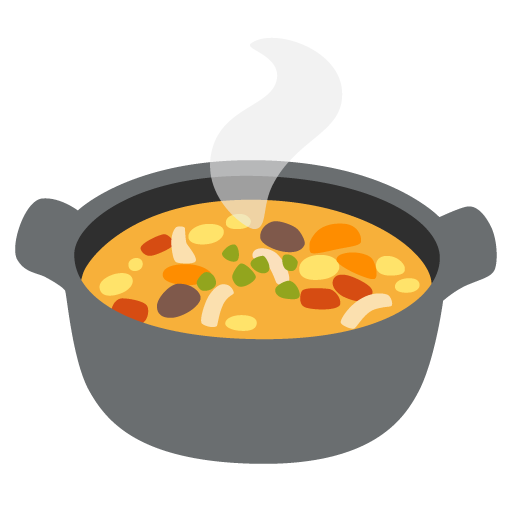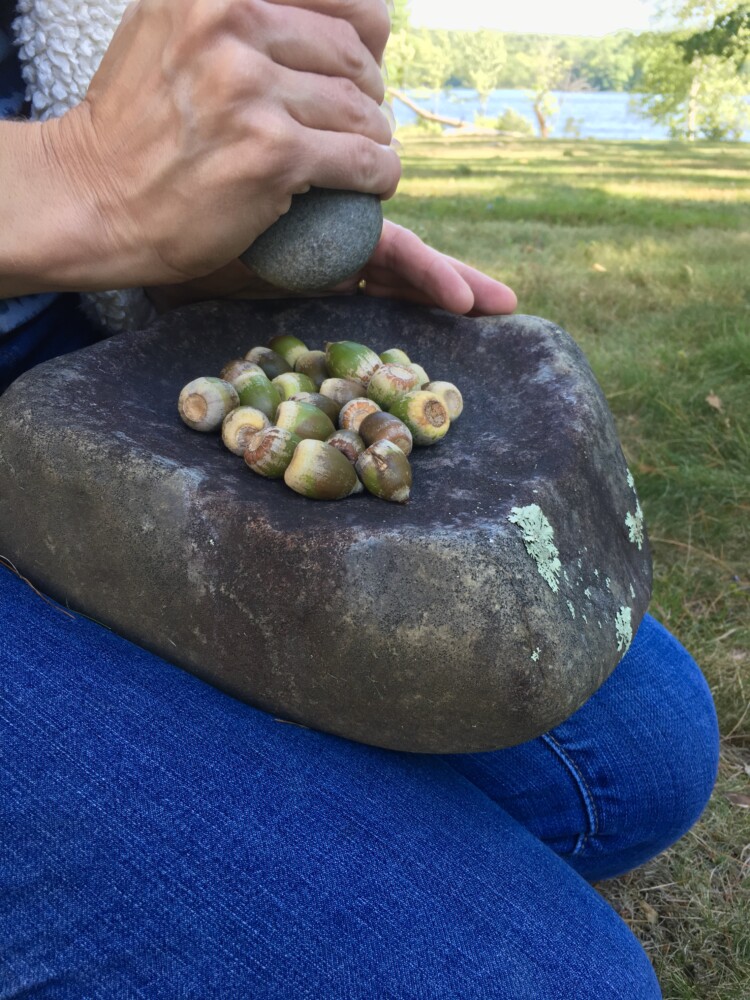Plenty of scholars have described nuts as a crucial food source for the Wabanaki people, and early colonial records indicate the same. In 1607, colonists from the Popham Colony described the Casco Bay islands as “overgrown with woods very thick as oaks, walnut, pine trees & many other things growing as sarsaparilla, hazle nuts & whorts in abundance.”
Ethnobotanist Nancy Asch Sidell documents that charred beechnut remains that are more than 5,000 years old have been discovered “preserved in a hearth feature” in central Maine. At the archaelogical site on the well-documented Norridgewock village on the Kennebec River – a Wabanaki town destroyed by the British in 1724 – researchers have recovered evidence of hazelnut and beechnut consumption, Sidell reports.
“The use and importance of nuts is as ancient as the people themselves,” Kavasch told me. “The trees they come from were so sacred and important. But many of our European ancestors couldn’t see the forest for the trees. They weren’t thinking of it as a nut forest.”



Written information from Europeans goes back four centuries, like the account from the 1600s about cultivated food forests. The archeological finds about consumption in general are much older.